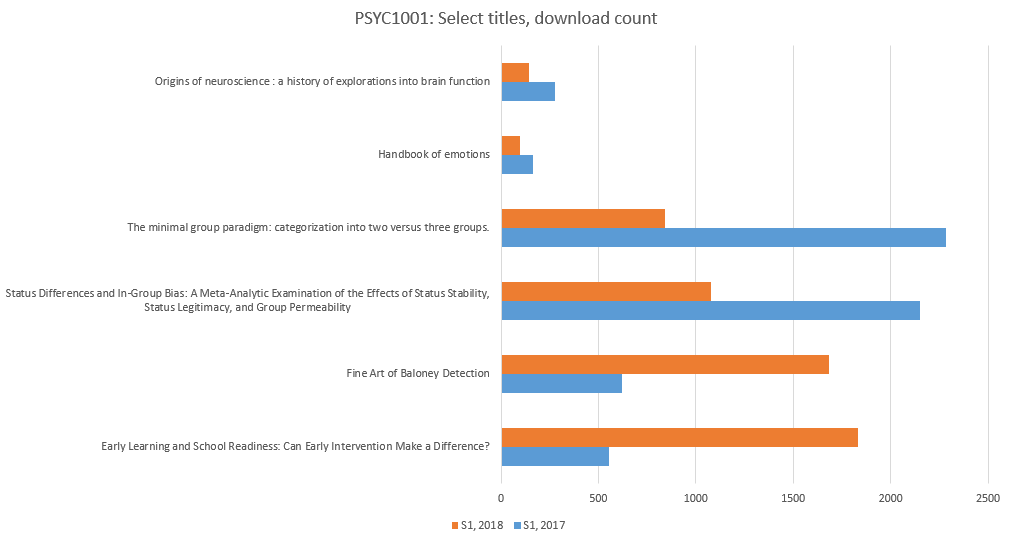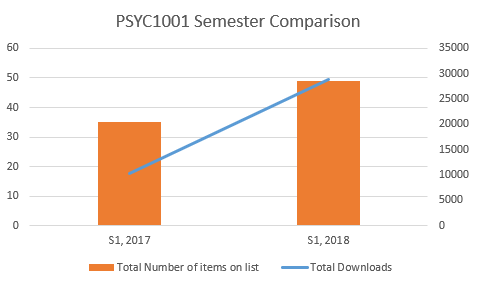A well designed reading list can not only enhance learning outcomes for students, but drive engagement with course content and tutorials.
The Library manages the availability of Unit of Study readings to students through a product called eReserve. eReserve delivers readings to students seamlessly through Canvas, manages the University’s educational statutory licence obligations and reporting, provides collaborative workflows for academics and library staff and more importantly, provides academics with usage statistics for unit of study reading materials. It supports the development of reading lists containing mixed media including links, PDFs, articles and video and delivers these in the required citation style.
What makes an engaging and effective reading list?
Make it clear, ordered and annotated
If you want students to engage, it’s important that the reading lists is ordered and clear so that students understand what needs to be read, when they should read it, and what they should focus on when reading. eReserve allows you to rearrange the order of readings, organise into weekly or lecture folders, and provide notes on individual readings.
Keep it regularly updated
Out of date readings or lists that include excessive amounts of “further reading” material can be confusing for students and even contradictory to the material they are using in lectures. Regularly review your readings and update content as required. This is where reading statistics can help inform list creation. Low use readings may be indicative of material that is not promoted or contextualised for students, is unaligned with lectures, or perceived as not required by students.

Keep readings relevant
Identify a few core resources that support students’ wider learning rather than listing all material that may be beneficial. This will reduce the length of the reading list and ensure essential readings are highlighted.
Select readings in formats that increase access
Items in print only have limited reach and can be harder to obtain for students who have busy schedules. eBooks and electronic journal articles can be easily accessed from any location at any time of the day by multiple users. They are also easily re-accessed when students need to revise. If a reading is only available in print the Library is able to digitise a single chapter to be made available to students.
Include a range of formats
eReserve can support a variety of media formats including audio clips, video files and websites. The Library provides access to a range of databases that provide streaming video (e.g. TVNews, Australianscreen, Academic Video Online), audio (Naxos) and training material (Lynda.com), all of which can be incorporated into an eReserve reading list.
Follow the trends
The data available from eReserve can help to provide insights when contextualised against your teaching practices. As in the example below, you can see in a year to year comparison increased engagement with reading material (the average number of downloads per item doubling) which may reflect changes in how teaching material is promoted, changes in format of readings (electronic material versus print), or changes in teaching activities. You can use this information to understand how students are engaging with your unit materials and the impact of any changes.

Engage with the Library early
To ensure reading materials are available for students from your first lecture, it’s important to send your reading list to the library at least 8 weeks before the start of semester to ensure there is time to order new materials and load readings into eReserve. If you plan to reuse readings from the previous semester, it’s possible to fast-track this process through the eReserve roll-over feature.





